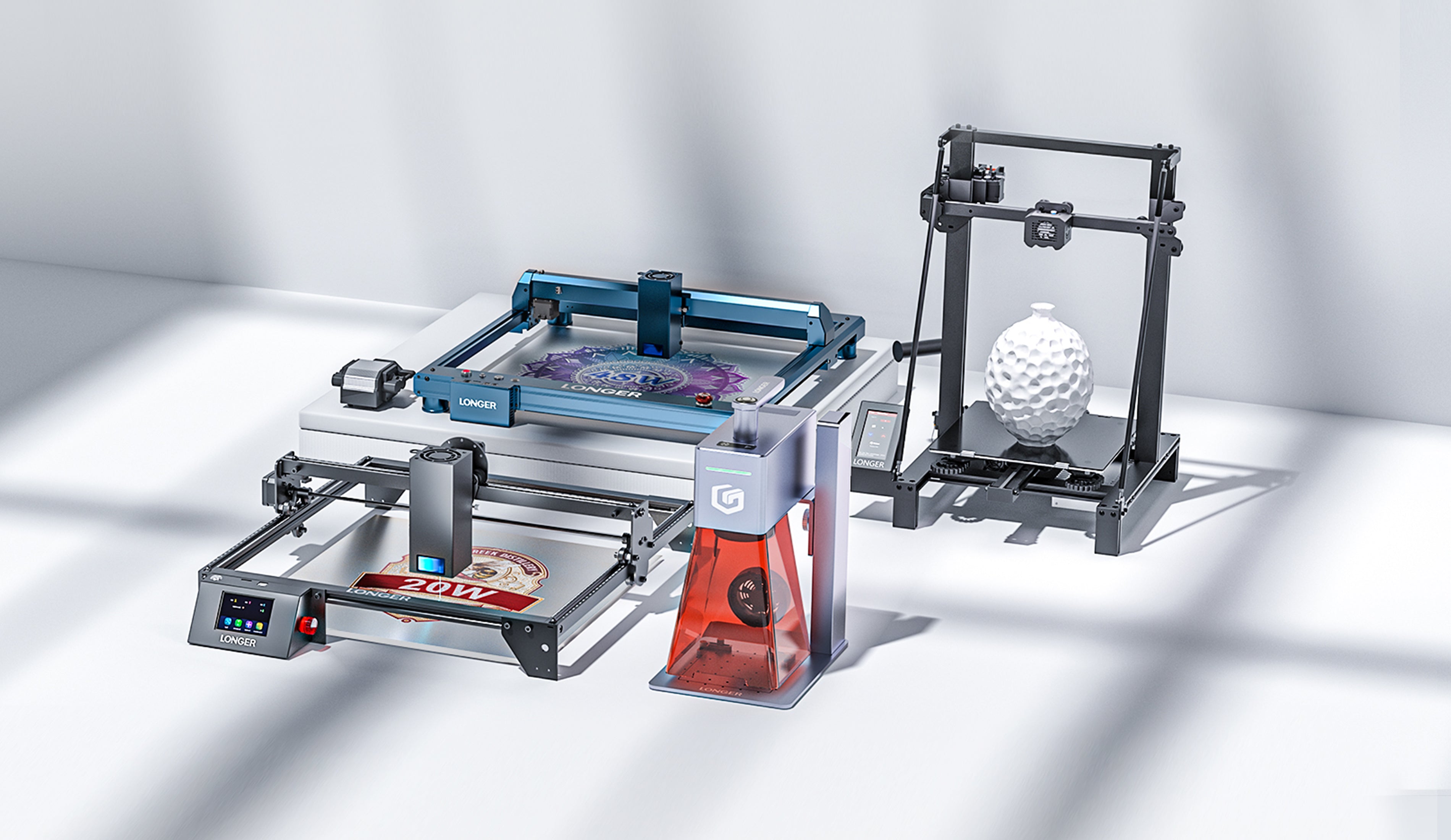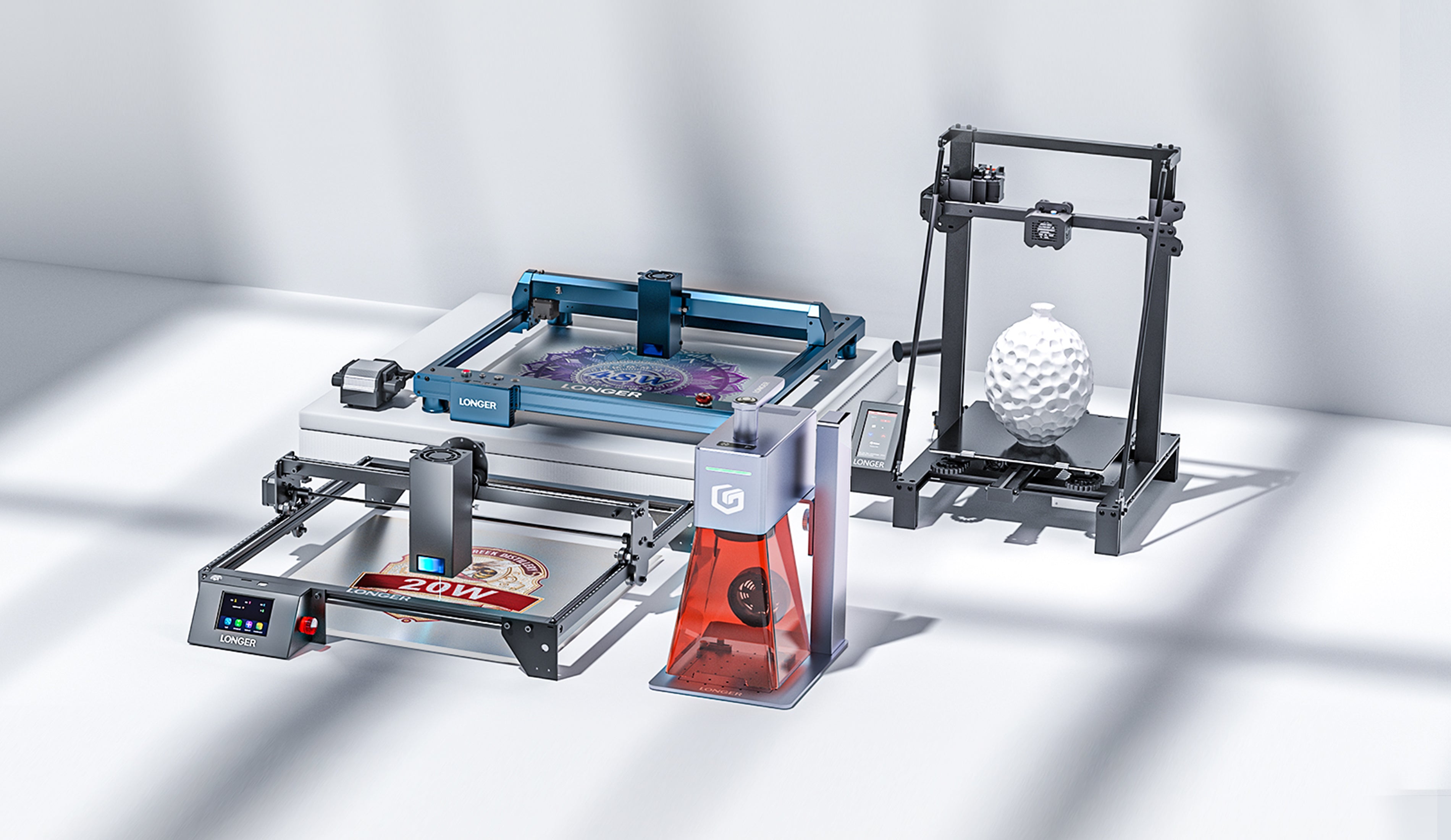Trending searches
Popular collections
Popular products
Cart ($0)
Cart ($0)





Longer FDM 3D printers are capable of printing PETG with high quality. This type of material offers many advantages, as it can be printed as easily as PLA but is as durable as ABS.
To 3D print the PETG, you need to make sure that the 3D printer is set up correctly to print the PETG. This includes material selection, nozzle and hotbed temperature, extrusion speed, and other settings related to print quality. In addition, when printing PETG it is recommended to always keep an eye on the press to make sure that everything goes according to plan and that there are no problems.
The recommended parameters for printing with PETG in 3D may vary depending on the 3D printer, the type of PETG purchased and the project you want to carry out. However, here are some common printing parameters for PETG:
Keep in mind that these are only basic values and small adjustments may be necessary to achieve the best results based on your specific needs. In fact, there are a few other factors that could affect printing with PETG:
These are just some of the factors that can affect printing with PETG. It is advisable to do some tests to understand which combination of parameters works best for your 3D printer and for your specific project. In addition, it is important to use a quality material and store it correctly, since PETG can be sensitive to changes in temperature and humidity; Therefore, it is necessary to store the filament in an airtight container along with a silica bag to maintain the quality of the material.In general, the key to successful printing with PETG is to experiment and optimize printing parameters according to the specific needs of the project. However, once you have learned how to 3D print PETG, this is a material that allows you to create resistant, flexible and quality objects. For best results, it's important to follow recommendations on printing parameters, such as temperature, speed, and media usage, and pay attention to design and post-processing details.
https://www.longer3d.com/products/lk5-pro-fdm-3d-printer
!
